Middle Fork of the Salmon River Trail - Overview Info
The Middle Fork of the Salmon Trail parallels the river from Boundary Creek (RM 0) to the Big Creek Bridge (RM 77.8). Side canyon trails join the main system in many spots, and at times there are trails on both sides of the Middle Fork. Miles indicated in the title and throughout the text use river miles (RM). Though the trail covers more linear distance, the best map labels mileage in reference to floating the river corridor.
These descriptions are from a raft-supported Middle Fork hiking trip and are intended to provide a description of a typical day along the entire length of the Middle Fork Trail. While this trip is easily accomplished with raft support, backpackers will be carrying considerably more weight and will have to come up with a different plan for egress from the canyon. One option would be to charter a flight out of the canyon from the Flying B Ranch (RM 66.5). Alternately, one can hike out through either Big Creek (river left) or the Big Horn Crags (river right) once the trail leaves the Middle Fork at the Big Creek Bridge (RM 77.8).
In addition, backpackers will have more flexibility with their campsite selection and itinerary as they are not assigned specific campsites along the river. For more information about permits and wilderness regulations visit the Middle Fork Ranger District website.
For more general information about rafting the Middle Fork of the Salmon read this informative Middle Fork overview.
To avoid redundancy, these hiking descriptions focus on the particulars about the trail/hiking experience. Additional Outdoor Project adventures covering each day of a six-day Middle Fork float that include a detailed landscape description can be found here:
Middle Fork of the Salmon River – Day 1 - Boundary Creek Launch (RM 0) to Sheepeater Camp (RM 13.3)
Middle Fork of the Salmon River – Day 2 - Sheepeater Camp (RM 13) to Marble Creek Camp (RM 32.4)
Middle Fork of the Salmon River – Day 3 - Marble Creek Camp (RM 32.4) to Shelf Camp (RM 48.9)
Middle Fork of the Salmon River – Day 4 - Shelf Camp (RM 48.9) to Driftwood Camp (RM 71.6)
Middle Fork of the Salmon River – Day 5 - Driftwood Camp (RM 71.6) to Otter Bar Camp (RM 90.5)
Day 2 - Sheepeater Camp (RM 13.3) to Rapid River (RM 18.5)
The hike from Sheepeater to the mouth of Rapid River passes through a section of canyon that was intensely burned by wildfires in 2008. What used to be a shady transition from a lodgepole and Doug fir forest to one dominated by the larger and more spacious ponderosa pine has been transformed into an interesting ecological lesson about recovery from wildfires. There are very few trees that survived the intense blaze in 2008. Hikers now get a first hand perspective on what the landscape looks like years after the flames passed.
Trails are impacted by wildfire. The intense heat breaks up the soil, providing an opportunity for colonizing grasses and shrubs to encroach into the existing tread. Fire-killed trees eventually fall, often criss-crossing the trail. In steeper sidehill sections, loose rocks and soil falling from above can bury and obscure the tread. On remote and infrequently maintained trails like the one along the Middle Fork, hiking through old fires scars can be a bit more challenging.
The 5-mile walk from Sheepeater Camp is no exception. Expect to encounter some of these fire-related impacts as well as several short sections across rocky talus. There are no obvious or easy access points to the river below Fire Island Camp. Some of the highlights along the way include: beautiful views of the fire-scarred landscape from the open side-hill above John’s Camp (RM 15.3, this can feel exposed for some), the explosion of colorful post-fire colonizing shrubs and grasses, and the surreal fire-charred remains of huge ponderosa trunks. It is an easy scramble to the river's edge just below the rapid at the mouth of Rapid River where boats can pull-in to make contact with the hikers.
Rapid River (RM 18.5) to Dolly Lake (RM 19.7)
Just below Rapid River the trail crosses another long patch of talus before reaching a burned out river terrace. Shortly after crossing Mortar Creek (RM 18.9) the trail leaves the intense 2008 burn and makes a rising traverse through live ponderosa pines to a high point above Dolly Lake. The “lake” is not visible from the trail, but a steep spur trail leads down to a nice gravel bar on a deep, calm swimming hole. A large flat rock in the middle of the river offers an enticing sun bathing platform for those willing to take the refreshing plunge
Dolly Lake (RM 19.7) to Pistol Creek (RM 22.1)
The trail stays high above the river below Dolly Lake with some impressive rockwork keeping the tread in place on the steep hillside. There are some great views looking downstream across Big Snag Camp (RM 19.8) toward Cannon Creek Rapid. This is one of a handful of rapids (Sulphur Creek being another) formed by thunderstorm-induced landslides in 1936. The trail crosses more talus before climbing over the Cannon Creek debris fan. It is now disguised by 80 years of erosion and tree growth, but it is interesting to observe the fan morphology as you cross Cannon Creek.
Below Cannon Creek the trail traverses along the edge of several flat alluvial fill terraces. Huge ponderosa trees provide pleasant shade, and there are nice views looking down onto the river. Across from Lake Creek the trail cuts left and away from the river to cross a high bench past a shallow pond. A stone chimney and other fire-scarred debris mark the remains of the Huntington Cabin.
In 1938, Ed Huntington and his partners diverted water from Lake Creek across the river. They hand-bored several pieces of 10-foot wooden pipe before using a gas-powered engine to finish the task. Over 1,200 feet of wire-wrapped pipe brought pressurized water from their Lake Creek diversion. They used this water to power a bucket dredge and placer mine for gold in the river gravel along the right bank. They built a bridge across the river at Pistol Creek to access their mining operation.
The trail leaves the Huntington bench and climbs to an overlook above the river. The view upstream gives a perspective of the large debris fan emanating from the mouth of Lake Creek (river right upstream). Several fire-related debris flows have dumped tons of material into the main channel, significantly altering the course of the river. Just downstream a large cable anchored to a huge boulder lies across the trail. It probably served some purpose in Huntington’s dredging operation across the river.
It’s a short jaunt downstream to Pistol Creek Rapid. The entrance of this Class IV rapid can be seen from the trail before it veers left to a bridge over Pistol Creek. It is worth following the spur trail that leads to a gravel bar camp below the rapid. A short user trail works up the left bank ledges to some great cliff jumps and a view down onto Pistol Creek Rapid. Further exploration will eventually lead to the concrete foundation of Huntington’s old bridge that spanned the narrowest section of the gorge at the entrance to the rapid.
Pistol Creek (RM 22.1 to Indian Creek RM 27)
After crossing Pistol Creek Bridge the trail crosses more ponderosa covered terraces and then enters the private holding of the Pistol Creek Ranch. Hikers are welcome to cross the property, but please follow the signs leading down the south side of the airstrip. Another mile or so of shaded river terrace leads to the Indian Creek Guard Station and a second airstrip. There is a nice sandy camp and swimming hole at the boat ramp, but this can be a busy place during the low water months of August.
Trails on either side of the Indian Creek airstrip merge at the downstream end before reaching camp at the confluence of Indian Creek and the Middle Fork. This site is directly beneath the airplane landing approach, so it can be a loud place on early August mornings when outfitters fly their guests into a commercial river trip!
Previous Day – Middle Fork of the Salmon River Trail – Day 1
Next Day – Middle Fork of the Salmon River Trail – Day 3
Reference: Content partially excerpted from The Middle Fork of the Salmon River – A Comprehensive Guide by Idaho River Publications.
Logistics + Planning
Current Weather: Powered by Dark Sky







Preferable season(s)
Congestion
Parking Pass
Pros
Cons
Trailhead Elevation
Features
Suitable for
Nearby Adventures
Nearby Lodging + Camping
Our mission is to inspire adventure with beautiful, comprehensive and waterproof map-based guidebooks. Owner, publisher, and photographer Matt Leidecker, grew up exploring and guiding on the rivers in central Idaho. His award winning Middle Fork of the Salmon River – A Comprehensive Guide is the standard by which other river guidebooks are measured. Printed on virtually indestructible YUPO paper, IRP guides are truly unique all-in-one resources for adventure. Each book is loaded with full-color maps, stunning photographs, and information on the history, geology, and wildflowers. Visit Idaho River Publications to explore our guidebooks to the Rogue River in Oregon and the mountains of Central Idaho.

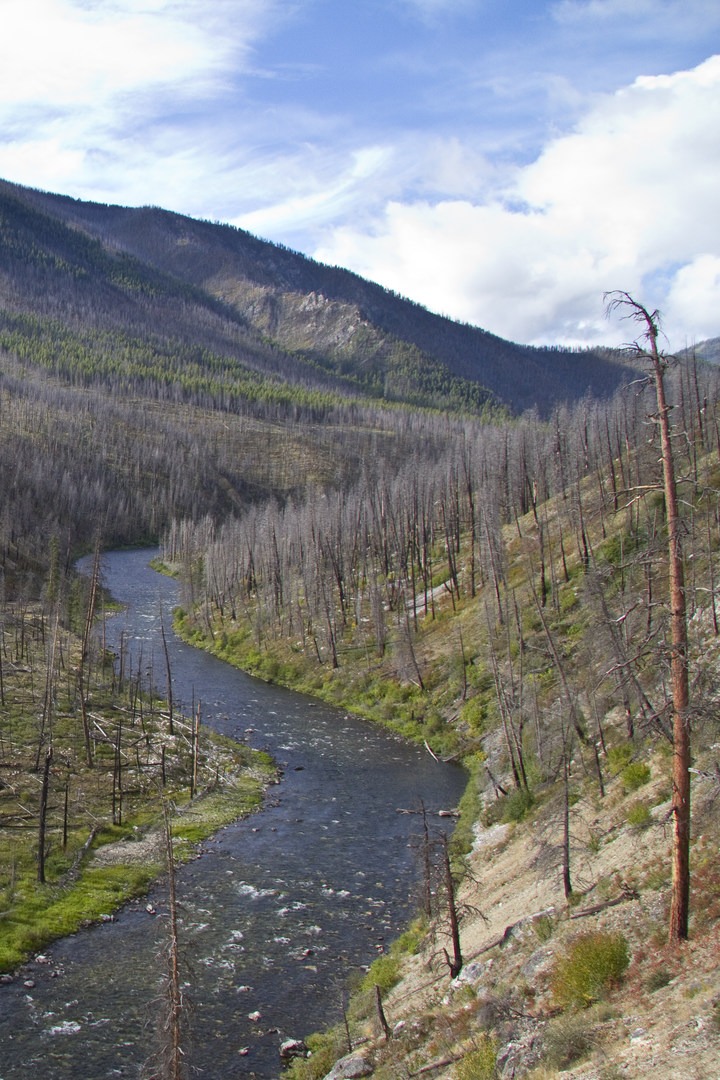













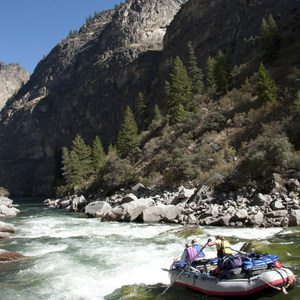
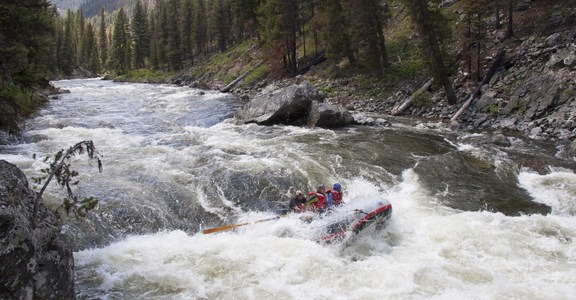
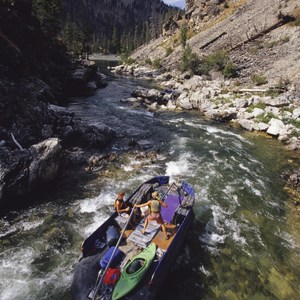
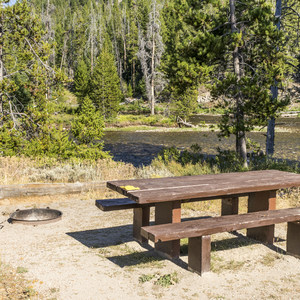
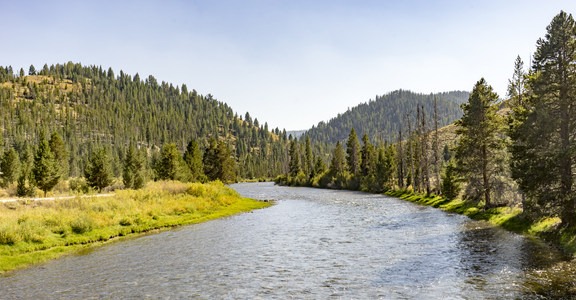
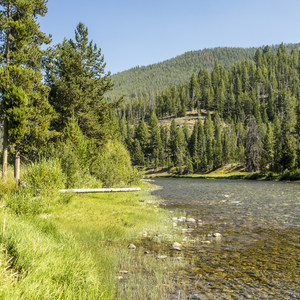

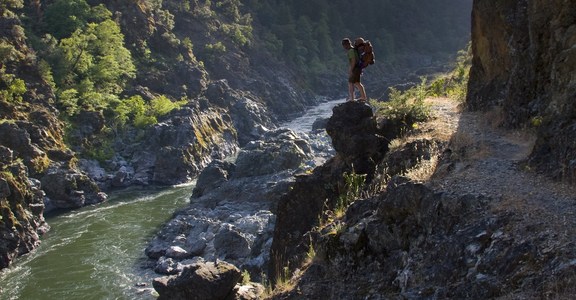
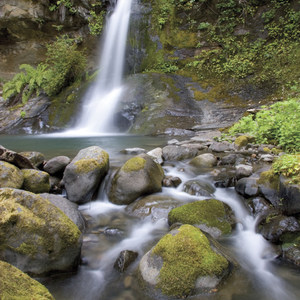
Comments
Sign In and share them.